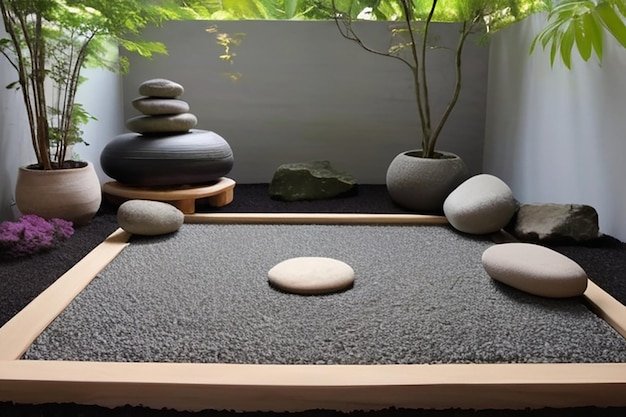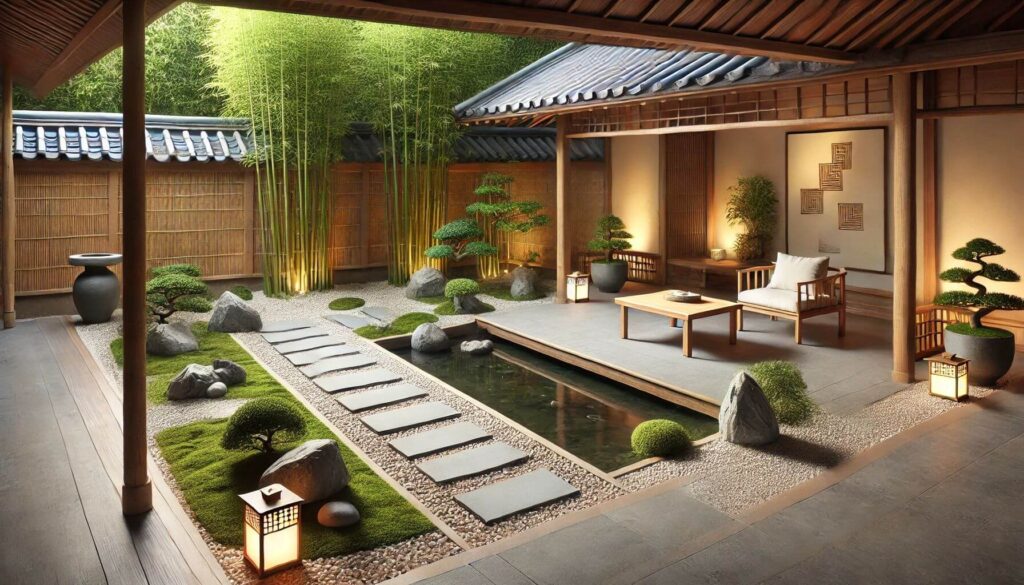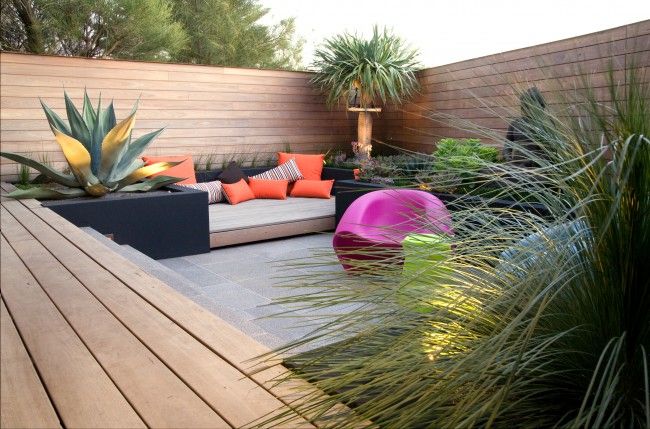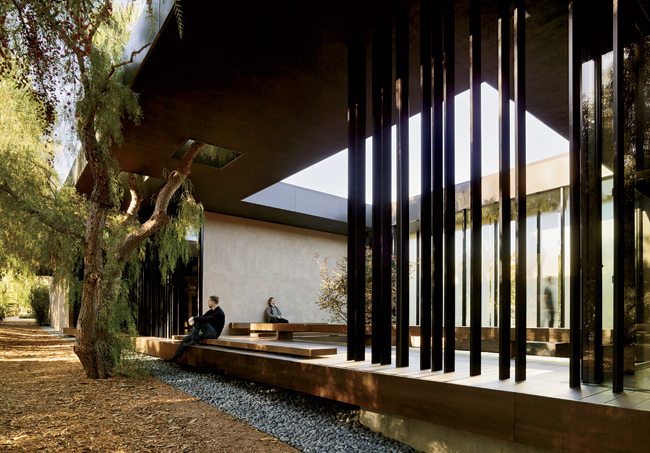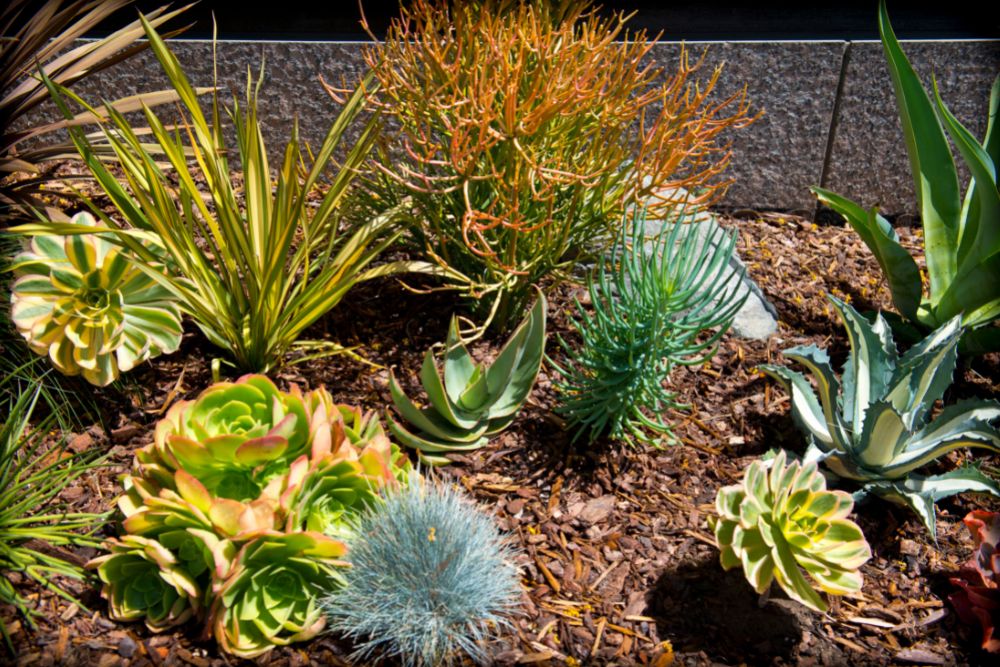
Effortless Elegance: A Guide to Choosing Low-Maintenance Plants for a Thriving Home
In today’s fast-paced world, finding moments of tranquility and connection with nature can feel like a luxury. Yet, the presence of plants in our homes and workspaces has been proven to reduce stress, improve air quality, and boost overall well-being. But who has the time to fuss over finicky foliage that demands constant attention? The good news is, you don’t have to be a seasoned horticulturalist to enjoy the benefits of greenery. Choosing the right low-maintenance plants can transform your space into a vibrant oasis without turning you into a full-time plant caregiver.
Understanding Low-Maintenance Plants
What exactly defines a low-maintenance plant? It’s not about choosing plants that require no care, but rather selecting varieties that are resilient, adaptable, and forgiving of neglect. These plants generally tolerate infrequent watering, varying light conditions, and don’t demand constant repotting or pruning. They are the workhorses of the plant world, thriving even when life gets busy.
Key Characteristics of Low-Maintenance Plants:
- Drought Tolerance: Ability to withstand periods of dryness.
- Adaptability to Light: Can thrive in low to moderate light conditions.
- Pest and Disease Resistance: Less susceptible to common plant ailments.
- Slow Growth Rate: Reduces the need for frequent repotting and pruning.
- Minimal Fertilization Needs: Don’t require constant feeding.
Top Low-Maintenance Plants for Your Home
Now, let’s dive into some specific plant recommendations. These are tried-and-true favorites that are known for their easy-going nature and ability to thrive in a variety of indoor environments.
1. Snake Plant (Sansevieria trifasciata)
The snake plant, also known as mother-in-law’s tongue, is a true champion of low-maintenance greenery. Its striking, upright leaves add a touch of modern elegance to any space. Snake plants are incredibly drought-tolerant and can thrive in low-light conditions, making them perfect for beginners or those with busy schedules.
Care Tips: Water sparingly, allowing the soil to dry out completely between waterings. Avoid overwatering, as this can lead to root rot. Place in bright, indirect light for optimal growth, but they will tolerate low light as well. No need to fertilize frequently; once or twice a year is sufficient.
2. ZZ Plant (Zamioculcas zamiifolia)
The ZZ plant is another incredibly resilient option known for its glossy, dark green leaves and ability to tolerate neglect. It can thrive in extremely low-light conditions and is highly drought-tolerant, making it perfect for apartments or offices with limited natural light. The ZZ plant is a succulent that stores water in its rhizomes, so it can easily handle periods of dryness.
Care Tips: Water only when the soil is completely dry. Overwatering is the biggest threat to ZZ plants. Place in low to bright, indirect light. Avoid direct sunlight, as this can scorch the leaves. Fertilize sparingly, if at all.
3. Spider Plant (Chlorophytum comosum)
Spider plants are classic houseplants known for their air-purifying abilities and easy propagation. They produce long, arching stems with plantlets (or “spiderettes”) that dangle down, creating a visually appealing display. Spider plants are relatively adaptable and can tolerate a range of light conditions.
Care Tips: Water when the top inch of soil feels dry. Avoid overwatering. Place in bright, indirect light. Direct sunlight can burn the leaves. Spider plants are sensitive to fluoride in tap water, so consider using filtered water. Fertilize occasionally during the growing season.
4. Pothos (Epipremnum aureum)
Pothos, also known as devil’s ivy, is a versatile and forgiving vine that comes in a variety of colors and patterns. It can be grown in hanging baskets, trained to climb, or simply allowed to trail from a shelf. Pothos is incredibly easy to propagate, making it a great option for sharing with friends.
Care Tips: Water when the top inch of soil feels dry. Pothos can tolerate some neglect and will even let you know when it needs water by drooping its leaves. Place in bright, indirect light. Pothos can tolerate low light, but its variegation may fade. Fertilize occasionally during the growing season.
5. Peace Lily (Spathiphyllum)
Peace lilies are elegant plants known for their ability to purify the air and their distinctive white flowers. They are relatively low-maintenance and will droop dramatically when they need water, making it easy to know when to give them a drink. Peace lilies prefer shade and can tolerate low-light conditions.
Care Tips: Water when the plant droops noticeably. Peace lilies are sensitive to overwatering, so avoid keeping the soil constantly wet. Place in low to bright, indirect light. Avoid direct sunlight. Fertilize occasionally during the growing season.
6. Cast Iron Plant (Aspidistra elatior)
As the name suggests, the cast iron plant is incredibly tough and resilient. It can tolerate neglect, low light, and infrequent watering, making it a perfect choice for beginners or those with busy lifestyles. The cast iron plant has long, dark green leaves that add a touch of classic elegance to any space.
Care Tips: Water sparingly, allowing the soil to dry out completely between waterings. Place in low to moderate light. Avoid direct sunlight. Fertilize sparingly, if at all.
7. Aloe Vera
Aloe vera is a succulent known for its medicinal properties. Its gel-filled leaves can be used to soothe burns and skin irritations. Aloe vera is also a low-maintenance plant that thrives in bright, indirect light and well-draining soil.
Care Tips: Water sparingly, allowing the soil to dry out completely between waterings. Overwatering can lead to root rot. Place in bright, indirect light. Fertilize occasionally during the growing season.
8. Succulents (Various Varieties)
Succulents are a diverse group of plants known for their ability to store water in their leaves and stems. They come in a wide variety of shapes, sizes, and colors, making them a popular choice for indoor gardens. Succulents are generally low-maintenance and thrive in bright, indirect light and well-draining soil.
Care Tips: Water sparingly, allowing the soil to dry out completely between waterings. Overwatering is the biggest threat to succulents. Place in bright, indirect light. Avoid direct sunlight, which can scorch the leaves. Fertilize sparingly, if at all. Popular choices include Echeveria, Sedum, and Haworthia.
9. Air Plants (Tillandsia)
Air plants are unique epiphytes that don’t require soil to grow. They absorb moisture and nutrients from the air through their leaves. Air plants are relatively low-maintenance and can be displayed in a variety of creative ways.
Care Tips: Soak air plants in water for 15-30 minutes once or twice a week. Allow them to dry completely before returning them to their display. Place in bright, indirect light. Avoid direct sunlight. Mist air plants occasionally between soakings.
10. Chinese Evergreen (Aglaonema)
Chinese Evergreens are known for their beautiful foliage that comes in a variety of patterns and colors, including shades of green, silver, and red. They are very adaptable and can tolerate low light conditions, making them perfect for indoor environments. They also help purify the air, removing toxins and improving indoor air quality.
Care Tips: Water when the top inch of soil feels dry. Avoid overwatering, as this can lead to root rot. Place in low to bright, indirect light. Fertilize sparingly during the growing season.
Creating the Ideal Environment for Low-Maintenance Plants
Even low-maintenance plants need some basic care to thrive. Here are some tips for creating the ideal environment for your indoor greenery:
Light
Understanding the light requirements of your plants is crucial for their success. While low-maintenance plants can tolerate low light, they will generally grow better in bright, indirect light. Observe how your plants respond to their environment and adjust their placement accordingly. If the leaves are pale or elongated, it may indicate that the plant needs more light. Scorched leaves often indicate too much direct sunlight.
Watering
Overwatering is one of the most common mistakes that people make when caring for houseplants. Low-maintenance plants generally prefer to dry out between waterings. Before watering, check the soil moisture by sticking your finger into the soil. If the soil feels dry to the touch, it’s time to water. When you do water, water thoroughly until water drains out of the bottom of the pot. Empty the saucer to prevent root rot.
Soil
Well-draining soil is essential for preventing root rot. Use a potting mix that is specifically formulated for houseplants. Avoid using garden soil, as it can be too heavy and may not drain properly. You can also add perlite or vermiculite to improve drainage.
Fertilizing
Low-maintenance plants generally don’t require frequent fertilization. Fertilize during the growing season (spring and summer) with a balanced liquid fertilizer diluted to half strength. Avoid fertilizing during the dormant season (fall and winter).
Temperature and Humidity
Most houseplants prefer temperatures between 65°F and 75°F (18°C and 24°C). Avoid placing plants near drafts or heating vents. Low-maintenance plants are generally tolerant of average humidity levels, but some may benefit from increased humidity. You can increase humidity by placing plants on a pebble tray filled with water or by using a humidifier.
Pest Control
Even low-maintenance plants can be susceptible to pests. Inspect your plants regularly for signs of pests, such as aphids, mealybugs, or spider mites. If you find pests, treat them promptly with insecticidal soap or neem oil.
The Benefits of Low-Maintenance Plants
Beyond their ease of care, low-maintenance plants offer a multitude of benefits:
- Improved Air Quality: Plants filter toxins from the air, creating a healthier indoor environment.
- Reduced Stress: Studies have shown that being around plants can lower stress levels and improve mood.
- Increased Productivity: Plants can boost productivity and creativity in the workplace.
- Enhanced Aesthetics: Plants add beauty and vibrancy to any space.
- Connection with Nature: Even a few plants can help you feel more connected to the natural world.
Troubleshooting Common Problems
Even the most low-maintenance plants can occasionally encounter problems. Here are some common issues and how to address them:
- Yellowing Leaves: Can be caused by overwatering, underwatering, or nutrient deficiency.
- Brown Leaf Tips: Often caused by dry air or fluoride in tap water.
- Drooping Leaves: Can be a sign of underwatering or root rot.
- Leggy Growth: Indicates insufficient light.
- Pest Infestation: Treat promptly with insecticidal soap or neem oil.
Choosing Plants Based on Your Lifestyle
When selecting low-maintenance plants, consider your lifestyle and the conditions in your home. If you travel frequently, choose plants that are highly drought-tolerant. If you have limited natural light, opt for plants that can thrive in low-light conditions. If you are prone to forgetting to water, select plants that are forgiving of neglect. By choosing plants that are well-suited to your lifestyle, you can create a thriving indoor garden with minimal effort.
Beyond the Basics: Expanding Your Low-Maintenance Collection
Once you’ve mastered the basics of low-maintenance plant care, you can start to expand your collection and experiment with different varieties. Consider adding some of these other easy-care plants to your home:
- Monstera Deliciosa: Known for its iconic split leaves, the Monstera is a relatively low-maintenance plant that can add a touch of tropical flair to your space.
- Philodendron: Similar to pothos, philodendrons are easy-to-grow vines that come in a variety of colors and patterns.
- Dracaena: Dracaenas are resilient plants that can tolerate low light and infrequent watering.
- Ponytail Palm (Beaucarnea recurvata): Despite its name, the ponytail palm is actually a succulent that stores water in its swollen base.
- String of Pearls (Senecio rowleyanus): This unique succulent has long, trailing stems covered in pearl-like leaves.
Conclusion: Embrace the Beauty of Low-Effort Greenery
Creating a lush and inviting indoor space doesn’t have to be a chore. By choosing the right low-maintenance plants and providing them with basic care, you can enjoy the beauty and benefits of greenery without spending hours fussing over them. So, embrace the ease of low-effort gardening and transform your home into a thriving oasis of tranquility and natural beauty. The joy of watching your plants flourish, even with minimal effort, is a reward in itself. Start small, learn as you go, and soon you’ll be surrounded by a verdant haven that enhances your well-being and adds a touch of effortless elegance to your life. Remember that every plant, no matter how low-maintenance, is a living thing that deserves respect and attention. Observe your plants, learn their needs, and enjoy the journey of growing alongside them. Happy planting!
